Looking back on it, it was inevitable. Every other time I’ve traveled to Europe I’ve gotten sick with some invasive malady and this trip isn’t an exception. I had been recovering from a bad flu leading up to our departure from the states and feeling like I was on the mend, but the day we went to Schwangau the full body fatigue, cough and congestion hit hard and still working through. But being abroad with a group of close friends on a trip that we’ve planned over the course of the past 10 months, I was going to push through and make the best of it.
We hired a personal driver to pick us up from the hotel in Innsbruck (Thanks Daytrip!) in order to have a dedicated car to hold all seven of us and our luggage. We departed around eight and headed to Schwangau, a small village in the heart of Bavaria for our all day visit to Neushwanstein and Hohenschwangau castles.
When conducting our research on the things we wanted to see while we were in southern Germany, these castles were on every list we found. Neushwanstein castle is the more famous of the two, primarily because it was the inspiration for Walt Disney when we was designing Cinderella’s castle for Disney World in Orlando. Situated high atop a hill, Neushwanstein castle was the brainchild of King Ludwig II, the ruler of Bavaria in the late 19th century who wanted to rule his kingdom as they did in medieval times. He commissioned the construction of the castle during the beginning of his rule, complete with a glitzed throne room, elaborate bedrooms, kitchen and common room all designed in what he believed to be the traditional medieval style. Once these minimal requirements were completed, he moved in but only lived in the castle for a little over 100 days before dying unexpectedly. Because of King Ludwig’s untimely demise, much of the castle is an empty shell and was opened to the public shortly thereafter.




This area of Bavaria is home to not just Neuschwanstein Castle, but also Hohenschwangau Castle, just located down the hill and across the street from Neuschwanstein. The story of Hohenschwangau is a little less interesting, as it wasn’t designed from the mad mind of an egocentric ruler but rather the father of a mad, egocentric ruler, King Maximilian II (King Ludwig II’s father). Built in the 19th century, Hohenschwangau was the primary summer and hunting residence of King Maximilian and his family and was actively used by royal family up until 1941. Similar to the other castle, no pictures were allowed inside but throughout the tour we learned about the individual bedrooms of each family member, a private staircase that connected the King’s bedroom to his wife, Queen Marie of Prussia and the view (and corresponding telescope) that Ludwig II used to keep an eye on the construction of Neuschwanstein. Hohenschwangau had a bit of different feeling to it, as one could easily take in that the castle was well lived in (and actually completed).

We ended the day with our driver taking us from Schwangau to our hostel in Munich, grateful for the calmer day and myself doing by best to stay vertical and not pass out from illness exhaustion. Tomorrow marked the main even of the entire trip with our tent reservation at 10 am…
Accommodation: Wombat City Hostel Munchen
Featured Image: The back view of Neuschwanstein castle from Marie’s bridge
